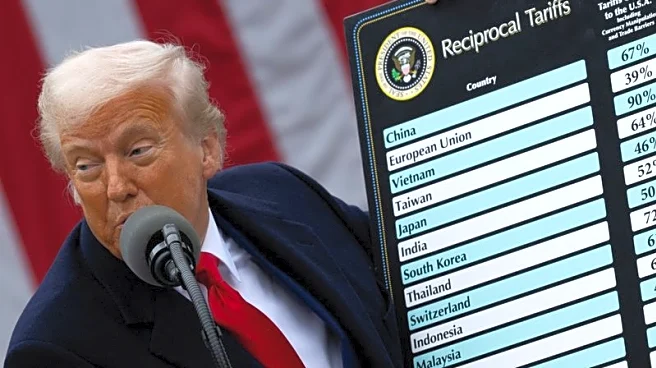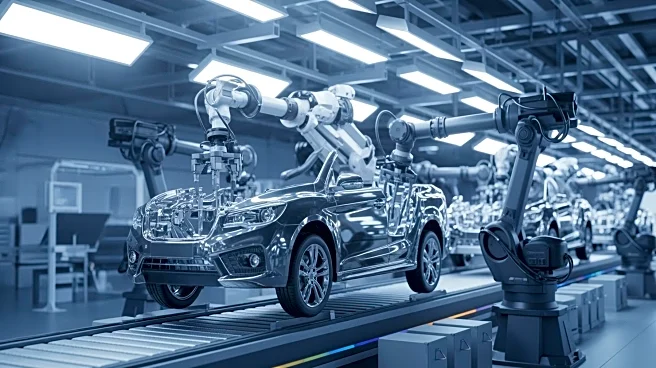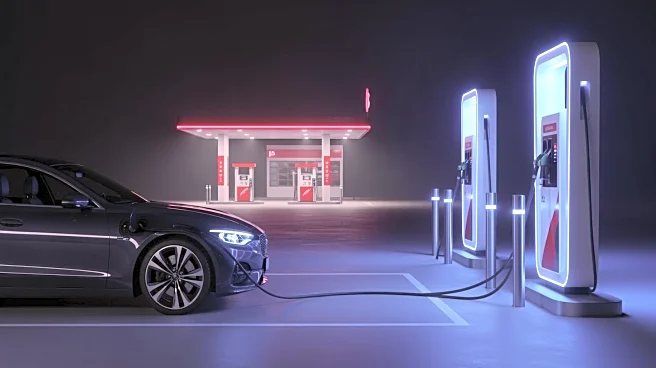What's Happening?
Global light vehicle production is projected to decrease by 1.6% to approximately 78 million units in 2025, with significant downturns in Europe and North America. This decline is attributed to slower-than-expected development of the electric vehicle market
in Europe and the impact of tariffs and consumer uncertainty in the U.S. The forecast also considers potential disruptions from a semiconductor shortage due to Chinese export restrictions. North America is expected to lose over 830,000 vehicles in production, with GM and Ford experiencing declines.
Why It's Important?
The reduction in global vehicle production highlights the challenges faced by the automotive industry, including geopolitical tensions and supply chain disruptions. The decline in production could affect employment and economic growth in regions heavily reliant on automotive manufacturing. Additionally, the slower development of the EV market in Europe may hinder efforts to reduce carbon emissions and transition to sustainable transportation. Automakers will need to adapt to changing market conditions and explore strategies to mitigate risks associated with tariffs and supply chain issues.
What's Next?
Automakers may need to reassess their production strategies and explore alternative supply sources to address semiconductor shortages. The industry could see increased collaboration and innovation to overcome these challenges. Stakeholders will be monitoring the impact of tariffs and consumer behavior on production levels, which could influence future policy decisions and trade agreements.
Beyond the Headlines
The decline in vehicle production raises questions about the resilience of global supply chains and the need for diversification to reduce dependency on specific regions. This situation may prompt discussions on the importance of sustainable practices and technological advancements in ensuring long-term industry stability.














